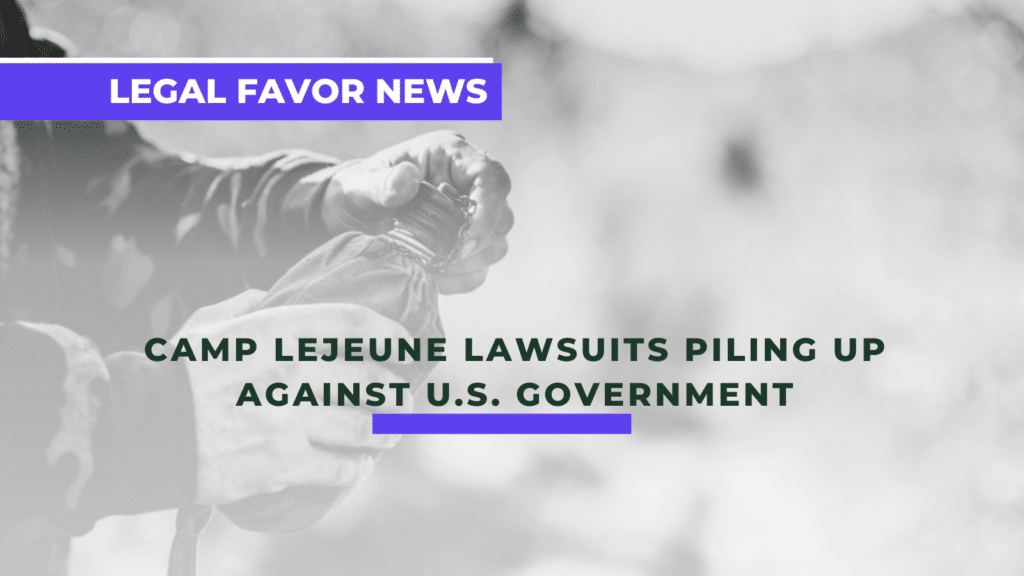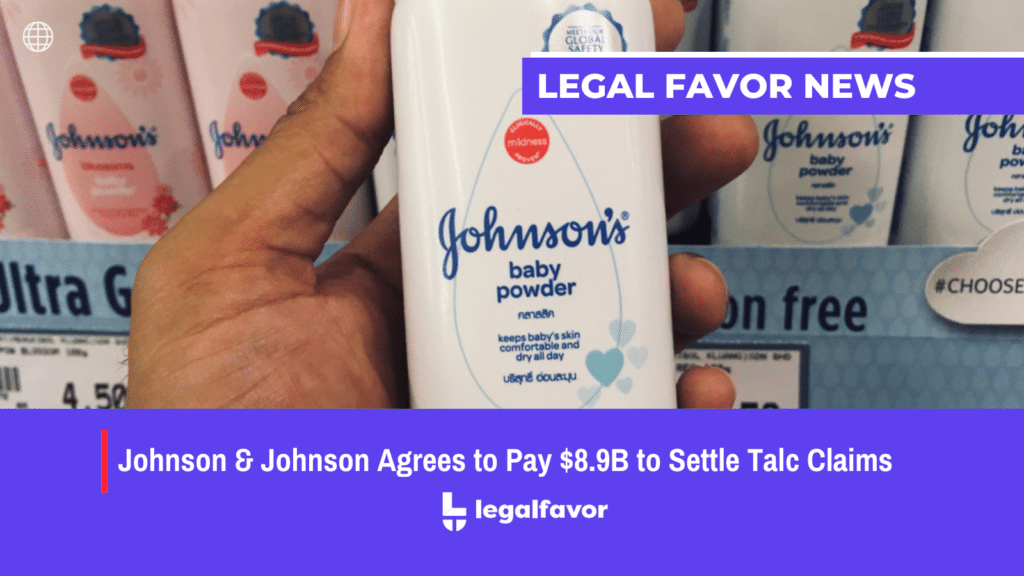Johnson & Johnson (NYSE:JNJ) recently attempted to use bankruptcy laws to shield themselves from thousands of talcum powder-related claims, but its bankruptcy filing has been rejected by a U.S. Court. The talcum powder lawsuit alleges Johnson & Johnson had been aware of the potential health risks linked to its talcum powder products but had failed to warn consumers or take action to protect them. As a result of the new ruling, Johnson & Johnson may now face a growing number of lawsuits in which plaintiffs are seeking damages, alleging their development of ovarian cancer or mesothelioma is linked to their use of the company’s talcum powder products.
What Was Johnson & Johnson’s Tactic?
Johnson & Johnson had been trying to manage the costs of talcum powder litigation claims by funneling them into a subsidiary company. This tactic, dubbed the Texas Two-Step, was first brought up in a bankruptcy case involving Johnson & Johnson’s subsidiary, LTL.
In this case, Johnson & Johnson argued there is no good scientific evidence linking its baby powder to cancer, and that creating a subsidiary called LTL was the only way to manage costs and ensure victims receive fair payments.
However, a federal appeals court ruled JNJ would be unable to use bankruptcy to resolve its talcum powder lawsuits. This was a major setback for Johnson & Johnson, who had been banking on the Texas Two-Step strategy as a way to manage its bankruptcy costs.
What Happened With Johnson & Johnson’s (NYSE:JNJ) Bankruptcy Ruling
Johnson & Johnson recently attempted to use bankruptcy to resolve more than 40,000 US cancer lawsuits, but the federal appeals court in Philadelphia has blocked the tactic.
The court sided with cancer victims who argued that JNJ wrongfully placed its LTL Management unit under court protection in order to block juries from hearing the lawsuits and handing out damage awards.
By doing this, Johnson & Johnson was attempting to reduce its liability in the talcum powder claims and limit the amount of money it would have to pay out. Unfortunately for the company, the court ultimately dismissed LTL Management’s bankruptcy petition.
In court, Johnson & Johnson (J&J) argued that it was using the bankruptcy system not to reduce the size of payouts to cancer claimants but to manage the talcum powder liabilities of its subsidiary, LTL Management.
J&J had agreed to fund LTL’s talc liabilities up to the value of $61 billion. However, Judge Thomas Ambro rejected this tactic, stating, “Only a putative debtor in financial distress can do so. LTL was not.”
This rejection of J&J’s bankruptcy strategy means that the company may be liable for any damages stemming from claims against LTL and its talcum powder products.
The Bottomline
The ruling by the U.S. court that Johnson & Johnson (NYSE: JNJ) cannot use bankruptcy protection to limit its liability in talcum powder cases is a significant setback for the company. It could face billions of dollars in payouts from the cases it has lost. In an effort to limit its liability, the company had created a subsidiary, called LTL Management, and filed for bankruptcy protection.
The court’s decision could discourage other companies from trying to use bankruptcy courts to limit what they would have to pay out after losing lawsuits. Johnson & Johnson plans to challenge the ruling and can ask that all judges on the Philadelphia appeals court hear their appeal. If the appeal is denied, the company has the right to ask the US Supreme Court to hear its arguments that the JNJ Chapter 11 bankruptcy case should be allowed to proceed.





